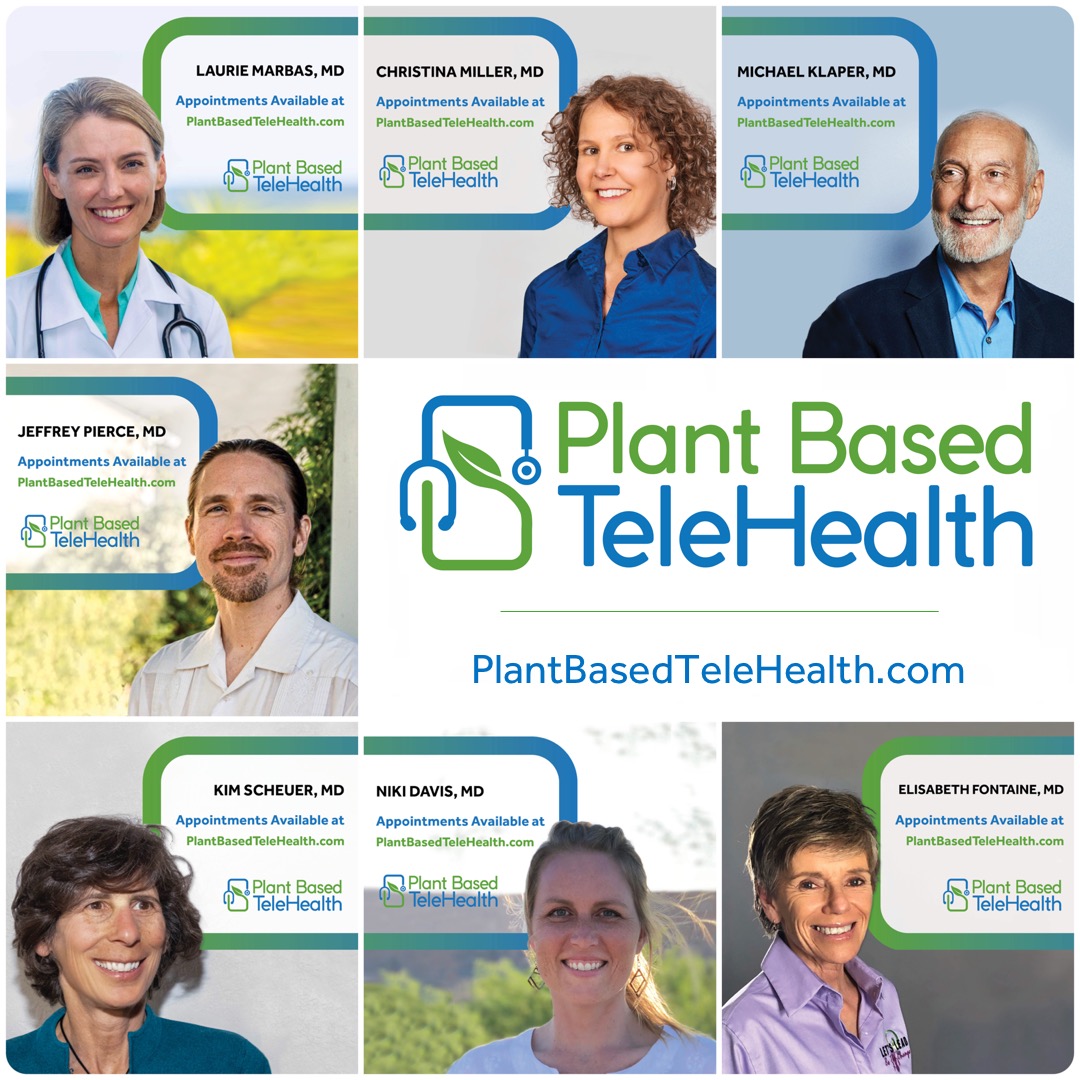Americans are suffering from chronic diseases like diabetes, high blood pressure, and obesity but what can be done about it? Here is what you need to know to get your health on the right track.

As physicians, we educate and encourage Americans to eat and move their way to better health. Indeed, that message has never been more important than now as we face a pandemic of epic proportions. However, in a world full of nutritional misinformation and confusion, how can we know what a “healthy diet” is or means? To better understand the concept of a “healthy diet,” let’s look at the scientific data to discover which foods have been shown to prevent disease and positively influence health.
Our dietary choices contribute to the risk for developing heart disease, diabetes, certain cancers, and obesity which are associated with significant morbidity and mortality. Diets with high levels of processed meats, saturated fats, refined grains, salt, and added sugars but lacking in fresh fruits and vegetables have been linked to the rise of chronic diseases. In contrast, a healthy diet is one in which protein, carbohydrates, and fat are consumed in appropriate amounts to support metabolic needs without excess, and providing sufficient vitamins and minerals to meet the physiologic needs of the body.
The following have been shown to provide a health benefit:
Whole grains: Studies have shown a reduced risk of heart disease, stroke, and cancer with an increased whole-grain intake.
Fresh fruits and vegetables: The fiber supplied by fruits and vegetables promotes satiety, supports gastrointestinal function and microbiome diversity, decreases cholesterol levels, and improves blood sugar control. In addition, they provide phytochemicals (polyphenols, phytosterols, carotenoids), which are compounds understood to bestow the health benefits associated with fruit and vegetable intake.
Legumes: Legumes, soy products, grains, nuts, and seeds provide are excellent sources of protein and amino acids, including those that the human body requires but cannot produce on its own or essential amino acids. Consuming plants avoids the animal-derived saturated fatty acids, which have been correlated with heart disease, increased cholesterol levels, and certain cancers.
Fats: Fats are essential components of cellular membranes and energy. Dietary fats include monounsaturated fats, polyunsaturated fats, saturated fats, and trans fats. Unsaturated fats are found in plant-derived oils, nuts, and seeds, but animal foods (and some plant-derived oils like coconut oil) contain a larger fraction of saturated fats. Unsaturated fats are associated with decreased heart disease and death, whereas trans fats and saturated fats are correlated with adverse health effects, including increased mortality.
Whole plant-based foods also provide micronutrients, such as vitamins and minerals, which are necessary for countless purposes within the body.
Therefore, scientific evidence has shown us that a healthy diet is one rich in plant-based foods, including fresh fruits and vegetables, whole grains, legumes, nuts and seeds, and low in saturated fats and trans fats, animal-derived proteins, and added sugars.
Here are some simple guidelines to help you get started, but each individual may require more or less of the suggested servings based on several factors such as activity levels, gender, and health conditions.
Whole Grains: Examples include oatmeal, brown rice, quinoa, whole grain pasta, millet, barley, millet, and corn (try to avoid white rice).
Servings per day: 3 or more servings per day which are equal to ½ cup of rice or other grain, 1-ounce dry cereal, or 1 slice of whole-grain bread
Legumes: Beans, lentils, peas, and soy.
Servings per day: 3 or more servings per day is equivalent to ½ cup of cooked beans, 4 ounces of tofu, or 8 ounces of soymilk
Fruits: all fruits of any kind
Servings per day: 4 or more servings of 1 medium fruit, ½ cup chopped, ¼ cup dried fruit (make sure one of these servings are berries)
Vegetables: all vegetables of any kind
Servings per day: 4 or more servings per day including 1 cup raw vegetables or ½ cup cooked (one serving should be a cruciferous vegetable like broccoli, Brussel sprouts, cauliflower, collard greens, etc; two servings should be green leafy vegetables like kale and spinach, and the remaining servings could be any other vegetable)
Nuts and seeds should also be added to a healthy diet but are higher in fats. Examples include almonds, cashews, walnuts, pecans, pumpkin seeds, etc. (in addition to the nuts and seeds you consume in a day you should also consider adding ground flaxseed to your daily regimen).
Servings per day: should be limited to ¼ cup or 2 TBS of nut butter per day depending on caloric needs.
If you need help to improve your health and energy with less medications, Plant Based TeleHealth can help right in the convenience of your own home. Now accepting patients across the United States at http://plantbasedtelehealth.com.
